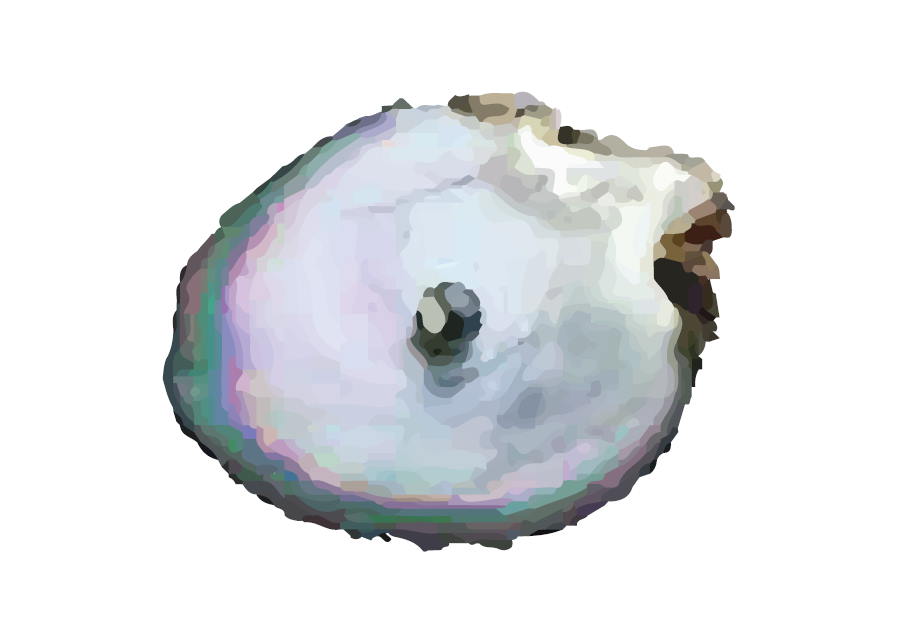The Species
Black-lipped pearl oyster is indigenous to Seychelles. Broodstock can be obtained from local waters for use in aquaculture facilities. The culture techniques for the species are well-developed.

Environmental and Oceanographic Conditions
The environmental conditions of Seychelles waters, such as temperature and salinity, are optimal for the survival and growth of black-lipped pearl oysters (Hecht, 2016). The species has been successfully cultured in sea-based facilities in Seychelles waters since 1995, demonstrating this suitability.
A number of factors have to be considered when selecting an area and sites for longline culture. The Seychelles inner islands in particular provide a suitable marine environment; this region falls outside of the cyclone belt, and is less affected by the strong seasonal south east monsoon than the outer islands. The oceanographic conditions are well within the optimum range for successful longline culture. Average current speeds are high enough to ensure water circulation among lines, allowing food to reach all individuals and dissolving particles, without being too strong for the structure and the carrying out of farming activities. Dissolved oxygen levels are above the threshold required by oysters.
Access to Markets
Pearl products are small, lightweight and non-perishable; as such they are easily transported to domestic and export markets.
Seychelles’ level of transport infrastructure and location in the middle of the western Indian Ocean makes it ideal for aquaculture production for global markets. It has access to markets in Europe, the USA, Africa and Asia, via air and sea transport, and is able to receive imports of supplies, such as feed and technical equipment, from high-quality suppliers around the world. It also has access to local markets as products can be transported within and between islands.
